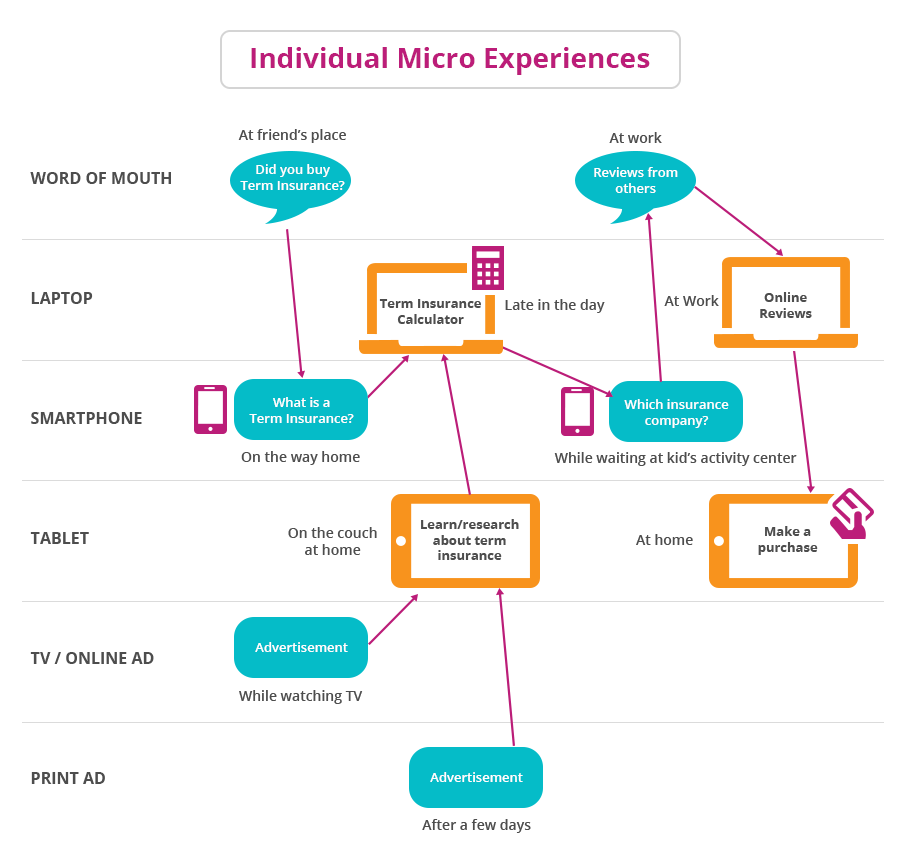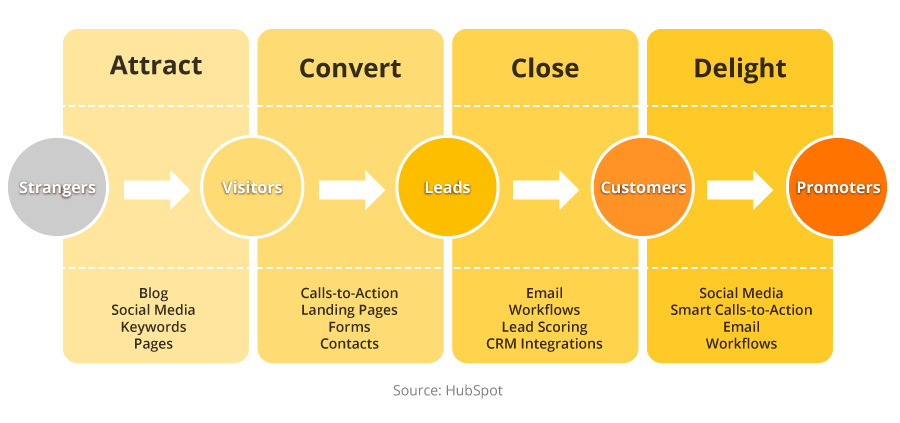
The B2B buying cycle is growing longer and more complex than ever, especially because of the unprecedented challenges and industry disruption brought on by COVID-19. Maintaining a one-to-one relationship with customers and prospects is imperative but this arduous task is even more daunting as businesses are pivoting to leaner operations in response to the pandemic.
That’s where marketing automation comes to the rescue. It doesn’t just automate marketing activities but also helps marketers to build an engaging relationship with their prospects and customers. Chief marketing officers across the globe have come to realize that marketing automation is the best way to build customer experience and are willing to invest in it to improve the customer’s journey.
How to Use Marketing Automation to Build Customer Experience
As a famous quote by Catherine DeVyre goes, it takes years to win a customer. Building a positive customer experience is not an overnight process. You have to spend a considerable amount of time and effort in establishing trust for your brand. You have to find ways to engage with the customers on their preferred channel at their preferred time, offer valuable inputs to deepen the engagement, continue the support even after acquiring them, and find ways to delight them continually to reduce the churn. Marketing automation helps you to plan these activities and systematically implement them to improve the customer experience.
Manage Customer Journey
Your customers live in a hyper-connected world. They switch between mobile phones, tablets and laptops seamlessly to complete various tasks such as researching a product, watching a series, shopping online, etc. As a marketer, you can create individual micro experiences for your customer, so they can engage with you whether they are using a laptop or a mobile device. Take the example of the term insurance that we have shown in the image below. A customer might hear about term insurance at a friend’s place, research about it on their mobile phone on their way home, or read about it in detail on a tab while sitting on their couch. They may even forget about it until an advertisement on the TV or newspaper ad reminds them of it. They will research again, check the online reviews of the company on a laptop before buying it on their mobile phone or tablet while sitting at home. Micro experiences are channel-agnostic, and they do not follow a set pattern as clearly demonstrated in the image. You have to combine data and content across various sources to create a consistent experience across all the channels. With marketing automation, you can integrate the touch points such as SMS, push notifications, and emails from a customer’s perspective, develop relevant content according to the channels, and send relevant content to the audience to keep them engaged.
Lead Nurturing
Your prospects are not going to purchase services and products on the first visit to your website. They would prefer to see the value in engaging with you before making a decision. This is where lead nurturing can help. Lead nurturing takes a systematic approach to educate, inform, engage and convert the prospect into a customer. There cannot be a one-size-fits-all approach to nurturing the lead as each person will be at a different stage of the marketing funnel. For example, a person who knows nothing about marketing automation will not benefit from the content that compares different automation tools. You have to listen to what your leads want and provide them with the answer they are looking for. Marketing automation enables you to:
-
Track the behavior of your leads (have they subscribed to your blogs, are they following and engaging with your posts on social media, have they signed up for your webinar, etc.)
-
Attach a score based on their intent (a person who signed up for a webinar or checked your pricing page can be scored higher than the one who is following your page on social media).
-
Target the one who shows high intent (a person who has filled the contact form or downloaded a gated content can be considered as the one with high buyer’s intent).
-
Automate workflow to send them the right message at the right time. For example, if a prospect visits your website, adds an item to the cart, and abandons it, you can create a workflow to send reminder emails and push notifications to inform them about the abandoned cart. Likewise, you can create a separate workflow for customers who have purchased a product, and send them an email or a text notification with status and details about the order and delivery.
The idea is to engage someone right from the attract stage to the delight stage in a logical manner and convert them from prospects to customers.
Onboarding the Customer
The role of an organization does not end at converting leads into customers. You have to onboard your new customer in a seamless manner and support them whenever they need it to convert them into brand advocates. With marketing automation, you can schedule and send your customers a series of automated emails to educate them on how they can use the product effectively, how to troubleshoot in case of a problem, and where to reach out for specific help. Offering genuine post-sales advice to customers is an ideal way of showing the value of doing business with you.
Reduce Customer Churn
According to research by Forrester, acquiring a new customer can cost up to five times more than retaining a new one. As an organization, it’s essential to reduce the churn rate and convert the customers into brand advocates. There can be multiple reasons for your customers to stop engaging with your brand. For example, they might find your price very high or might not know how to use your product or may have faced bad customer experience. It’s essential to listen to your customers, understand their pain points, and offer a solution to retain them. There are various ways to do that. You can send them a customer survey after a specific period of onboarding to know the problems they face. If there are multiple people with a common complaint, then you can find a way to fix it for them.
Similarly, marketing automation tools offer data on customers who engage less with your brand or who discuss your brand on social media. Analyze the available data and find ways to address them one-to-one to make your customers feel special and to prevent them from going to your competitors. The objective is to show your customers that you care for their opinion and find ways to reduce the churn rate.
Conclusion
With the easy availability of information and an array of options available at competitive pricing, breaking through the clutter and showing the value of your product or service to your prospect is going to be challenging. Marketing automation tools empower you with options to attract leads, nurture them, score them, and eventually convert them. It helps you to build a seamless customer experience. However, for successful marketing automation, choose an automation tool that will manage your email and social media campaigns, leads, and offers an option to integrate the CRM to share information between the marketing and sales team in a unified platform. That will break down the silos and give the stakeholders the access to all the data, making it easier for the teams to think of ways to improve the customer experience.
A version of this article originally appeared on HGS Digital’s blog.

